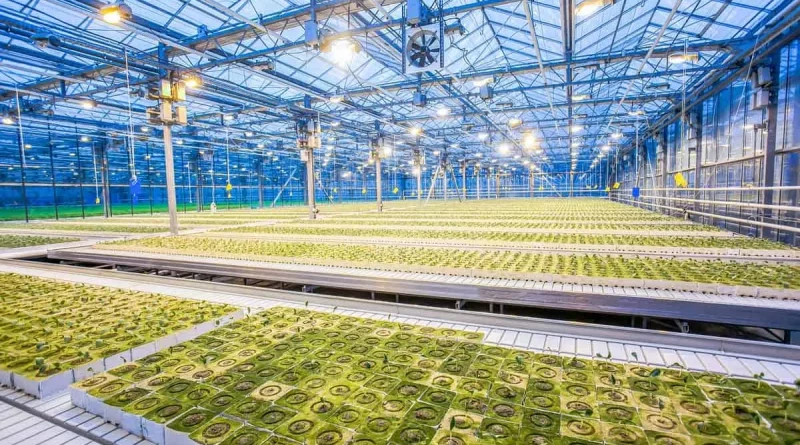How to Grow Hydro – Using Hydroponics Systems to Grow Plants
For a gardener, growing plants in a controlled setting is a blessing because it would mean better results and maybe even the best harvest ever! If you want to grow plants in your home but have no space for a bigger garden or just can’t garden at all because of the weather, why don’t you try hydroponics?
From the Greek words, “hydro”, meaning water, and “ponos”, meaning labor, hydroponics is the method of growing plants without using soil. So, it is a lesser hassle than actually gardening outside and digging under the sun and rain. Let me give you the basics for creating your hydroponics system at home.
There are a few things to consider in using hydroponics systems to grow your plants. Here are some of the important things you need to know in building one for your use.
Choosing the system
You can choose to use one of the six basic types of hydroponics systems: the Drip, Wick, Ebb and Flow, Aeroponics, Water Culture, and Nutrient Film Technique (N.F.T.). Aeroponics is the most complicated, technically and technology-wise. This is the one with the plants hanging in mid-air and the system misting the roots periodically with the nutrient solution. The simplest is the Wick system, with the nutrient solution being pulled into the growing platform via a wick. The Drip system is the most commonly used. It works with a pump that delivers the nutrient solution directly to each plant via a tube with drip points in it.
Starter Cubes
Another thing that is important to know about our starter cubes. Starter cubes are where you plant the seeds and allow them to sprout before you move them to the hydroponics system. Some of the most commonly used are peat pots, Organo-Cubes, Rockwool, and Oasis Cubes. You start by making a hole in the top, putting the seed in, and covering the hole with surrounding starter cube materials. Your starter cubes should remain moist, but should never sit in water, or your seedlings might drown.
A nutrient solution is composed of fertilizer and water. During the first two weeks, your nutrient solution should be mixed at a 1/4 to 1/2 fertilizer-water ratio. After that, you can move on the full strength.
Lighting
Plants need good lighting sources to grow. This is a must, whether you plant in soil or a system. There are three basic light types you can use indoors: fluorescent, incandescent, and high-intensity discharge. Although it gives off much lower heat than high-intensity discharges, fluorescent is still the lighting of choice for small gardeners because they are inexpensive. High-intensity discharge lights are more effective and also more expensive.
At last, the seeds! You can grow whatever you want – tomatoes, lettuce, and spinach. These do well under fluorescent lights because they do not need direct sunlight. You can also grow African Violets. There are guides you can buy online and at grow, shops near you that may be able to help you in choosing plants to grow in you’re your garden. But, of course, read the labels of your seed packages. Most include information about growing them and help if you’re still learning.
Building your hydroponics system is not difficult. It’s a lot of fun! You can use this to introduce gardening to your kids and even develop it as a hobby that you can share and enjoy together as a family. Not to mention the benefits of having a great garden at home.



